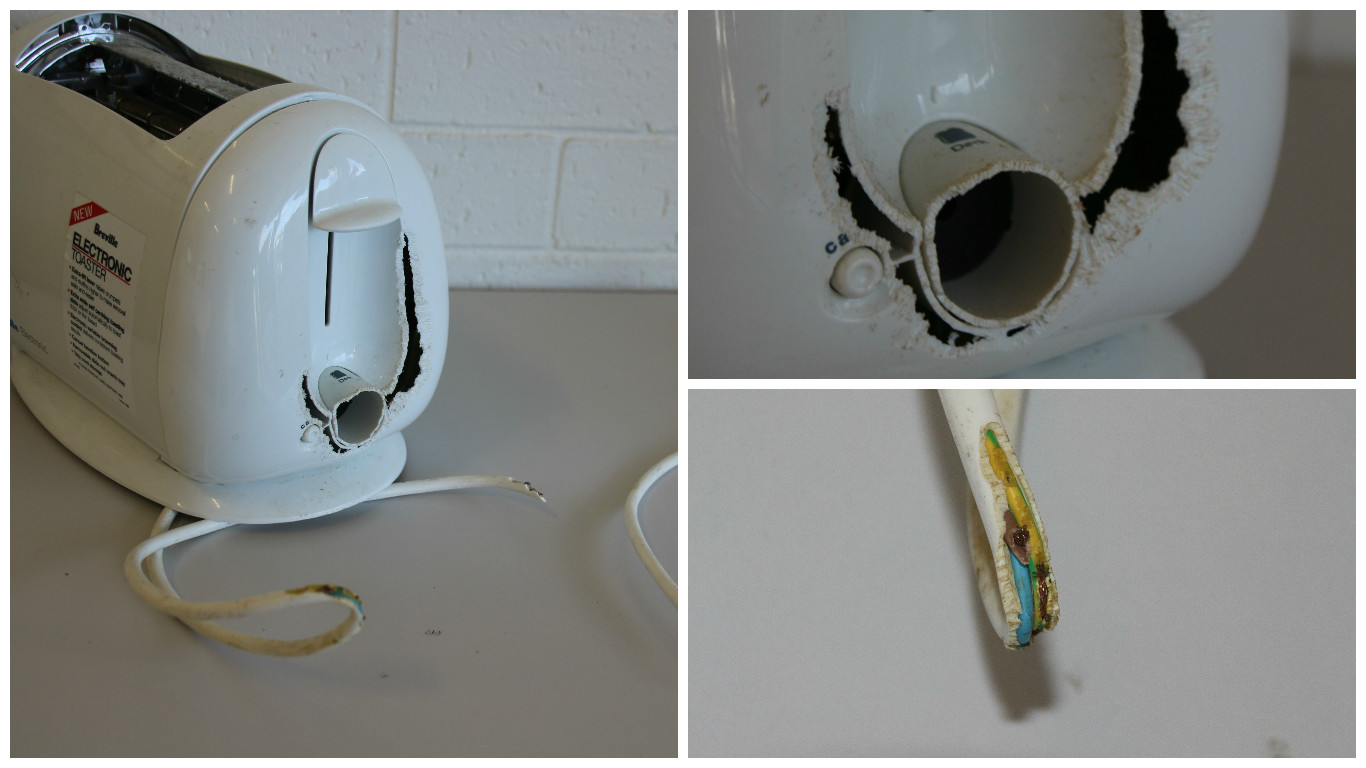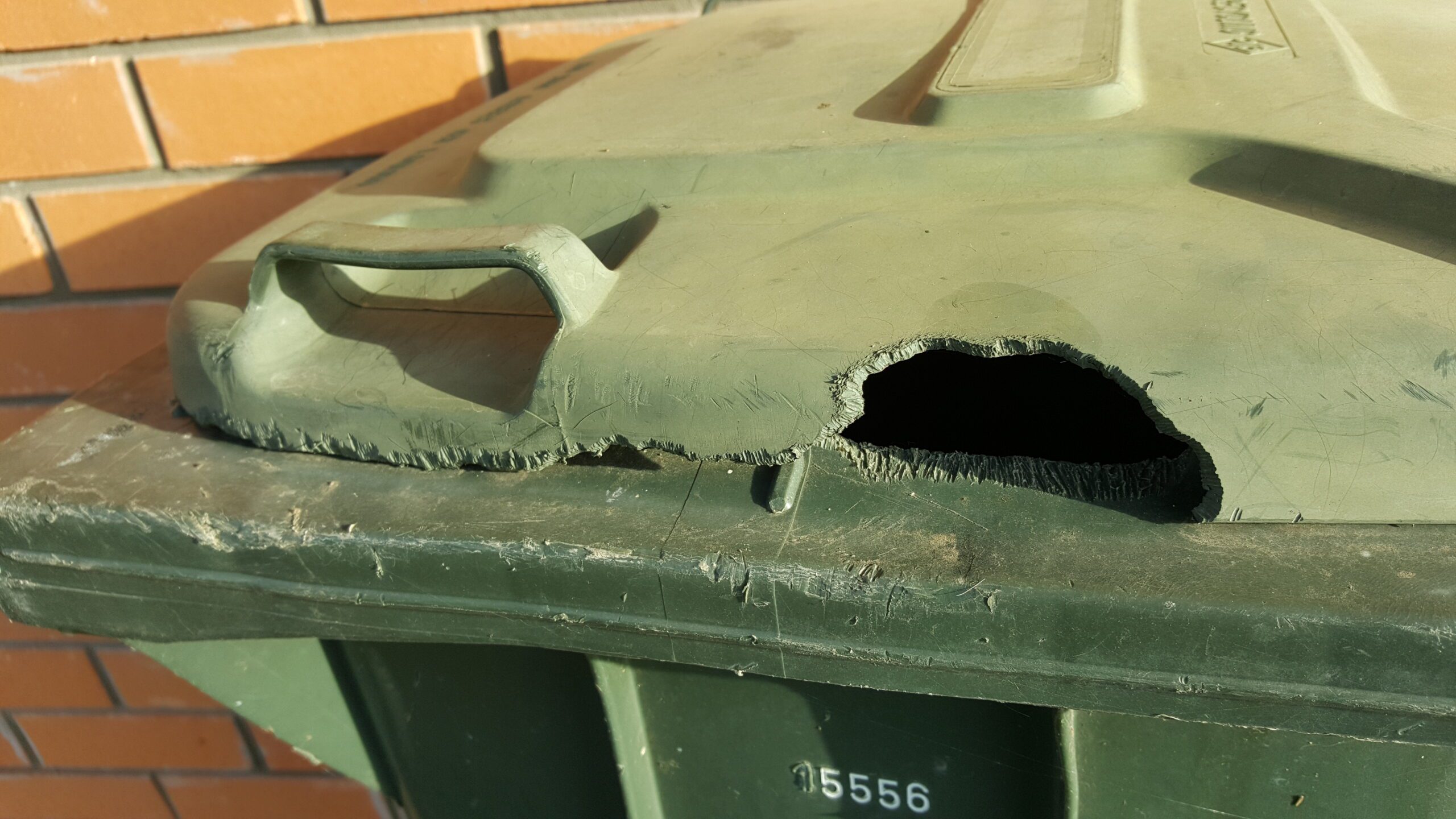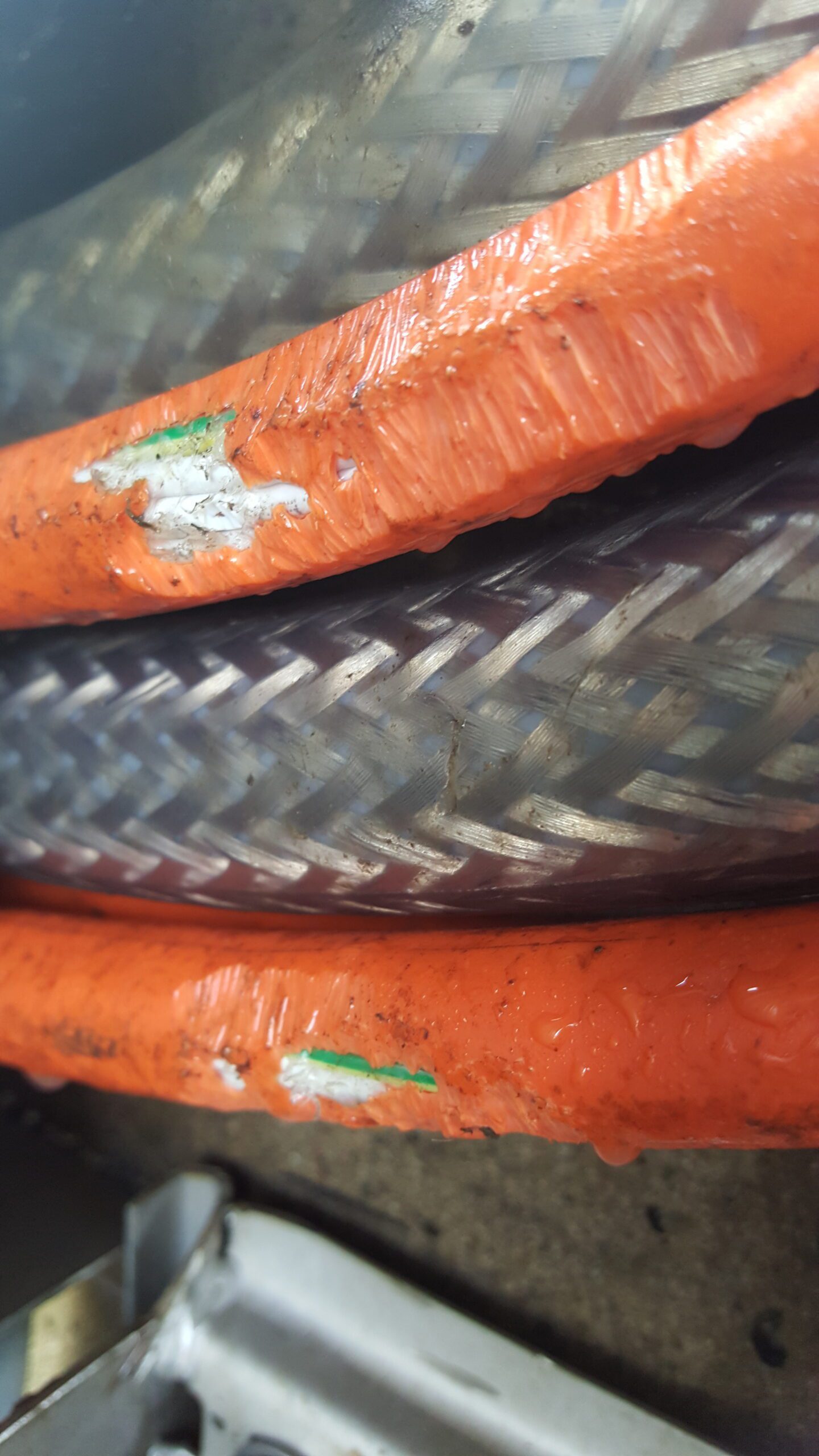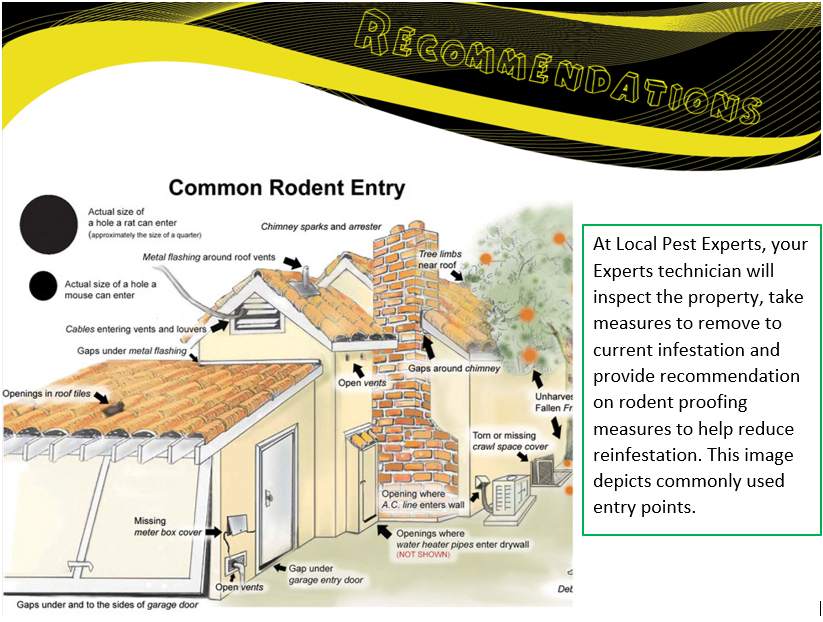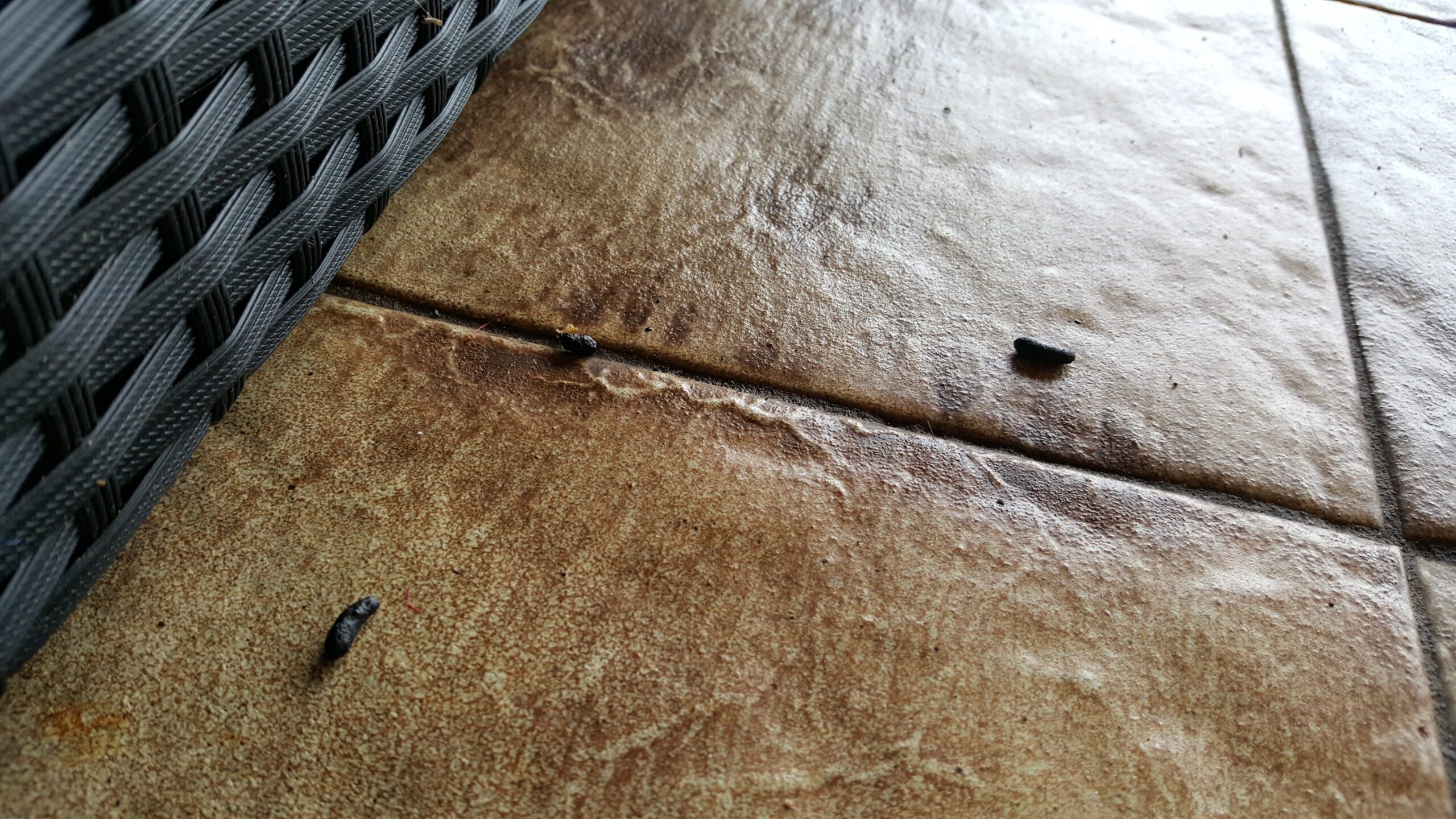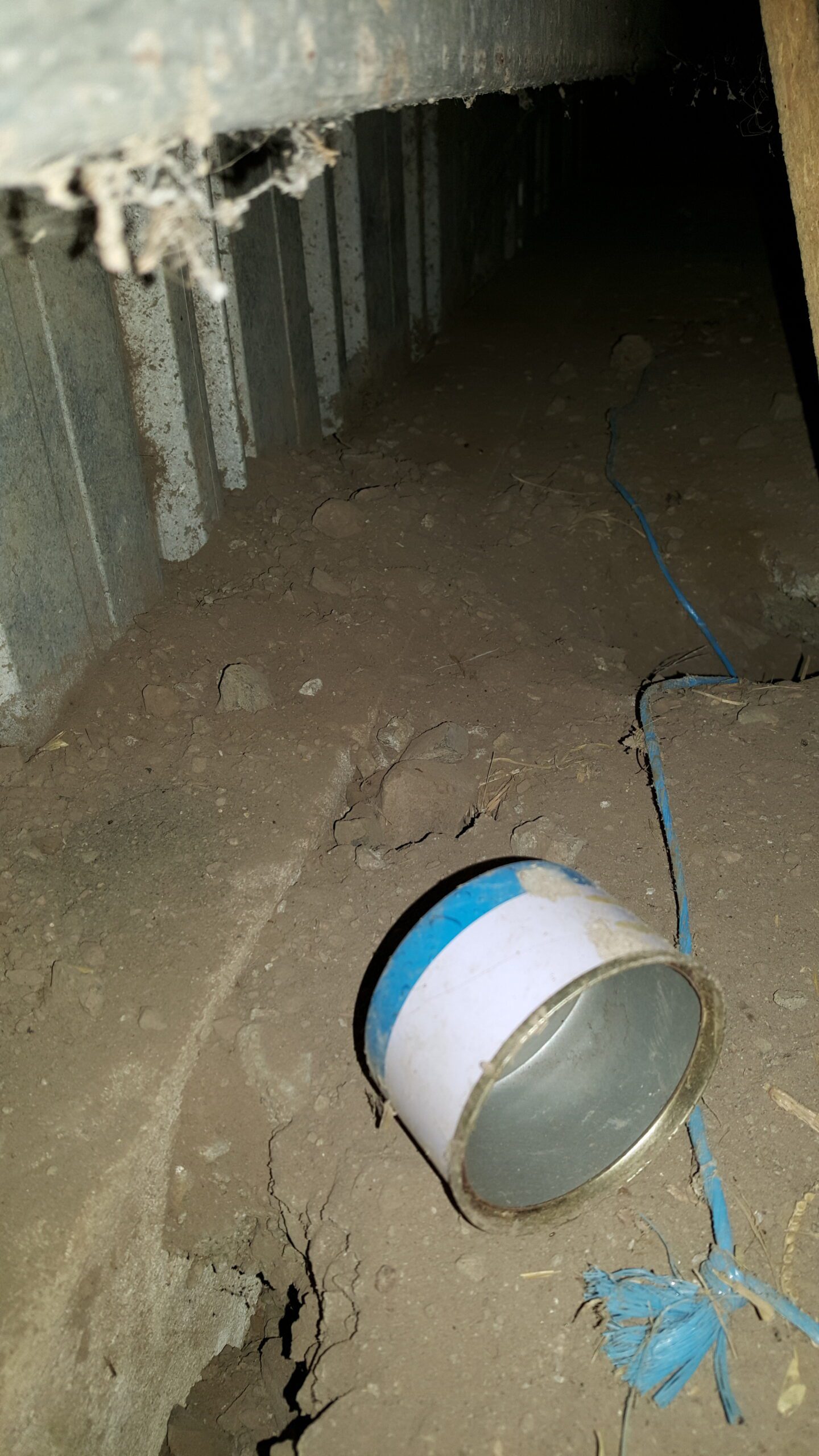Rodent populations throughout Taree, Forster and Gloucester have been flourishing with the recent mild temperatures and abundance of food and harbourage. Unfortunately, the recent rain events have displaced them from their external habitat forcing them into your home or business.
Rodents are a much feared, rather populous but rarely seen group of mammals which often become pests due to their ability to live within human environments. Rodents are responsible for countless dollars in damages annually in Australia. Their habits of gnawing destroys physical items, even electrical wires, often leading to fires. In their hunt for food and water they ruin food products, both through consumption and contamination. They are known to spread many diseases to humans and played a vital role in the transmission of the black plague in the 1300’s. There are generally three pest rodents you will encounter in your house.
- House Mouse (Mus musculus). This is the smallest of the group, with comparatively large ears and a tail at least as long as its body. The colour of this pest differs dependant of its environment, indoors they will be darkish grey in colour with a lighter under side while outdoors they will be a much more sandy-brown colour. A mature female house mouse can produce 6-10 litters during its 1 year life which usually contain 5-6 young who will mature within 6 weeks making them a breeding power house. Occasionally in rural areas the combination of mild weather, abundant food and harbourage and lack of natural enemies will allow populations to grow to plague proportions. They can harbour indoor or out and are often driven in during time of adverse weather. Due to their small size they are able to squeeze through a hole as little as 5mm across and once inside will harbour in an undisturbed area (roof or wall voids, behind dishwashers, refrigerators or ovens, in stored items etc.) and will eat almost anything. Their habit of eating small quantities in various locations often makes them responsible for more contamination damage then consumption.
- Norway Rat (Rattus norvegicus). This rodent is the largest of the group, boasting a thick body, blunt snout, small ears and a tail which is shorter than its body. A Norway rat has a relatively long life, often surviving for 9-18 months and having 5-6 litters per year which contains 8-10 young who will mature in 3-4 months. They will generally harbour externally around retaining walls, garbage bins, river banks in in-ground burrows or internal undisturbed areas such as wall cavities and larger voids in the house. The Norway rat is rather territorial and will usually become the dominant species within its harbourage and foraging areas driving out other or species. They are omnivorous and generally feed on almost anything. They have a high liquid water requirement to survive which can often restrict their available nesting sites.
- Roof Rat (Rattus rattus). This rodent is usually smaller than the Norway rat. It has a pointed snout, slender body, large prominent ears and a tail which is longer than its body allowing it great balance and climbing ability. They have a lifespan similar to that of the Norway rat, living 9-18 months and producing 4-5 litters annually which contain 6-8 young. Also known as the black rat or ship rat the spread of the bubonic plague throughout Europe was largely attributed to its transportation on ships. This rodent is highly adapted to metropolitan living often nesting in upper levels of buildings and roofvoids. This rodents has an exceptional climbing ability allowing it to easily scale buildings, pipework and cable adjoining building. While it prefers to nest in the confines of a building it can also be found living in high areas of trees and vines. They are often regarded as an omnivorous feeder however have an obvious preference for vegetable and fruit materials. Providing their diet contains relatively moist foods they have little need for water which makes finding a nesting site in a roof or other domestic environments much easier.
Aside from the 3 previous mentioned, there are various other marsupials which may inhabit the human environment. These include:
- Antechinus, to an untrained eye antechinus resemble mice in appearance but are actually carnivores that feed on insects and small lizards. They are commonly found in areas including wetlands, rainforest, swamps and mountains but are also commonly found nesting in people’s homes. Unlike mice and rats they do not gnaw on wire and are unlikely to eat stored foods.
- Bandicoots, these are marsupials that are commonly found in forests, woodlands and coastal regions so many people living on the fringe of these types of areas could possibly find small holes in the lawn. They feed on insects and small invertebrate prey. The Bandicoot has a long nose and will grow to the size of a rabbit.
- Possum, these marsupials are nocturnal animals that are found in areas including forests, semi-arid and urban areas foraging mainly on eucalyptus leaves, flowers, fruits and seeds. They make their dens in natural places like tree holes and caves but will also use roof voids in houses.
The control of rodents is a specialised task which requires a vast knowledge of the different pest and non-pest species. Before trapping or baiting is commenced it is very important correct identification is made to ensure other non-pest, often protected species are not impacted. While baits are readily available to any consumer their application is a task which should be undertaken only by someone with great experience and knowledge of the product, its dangers and first aid or antidotes which may be required if poisoning occurs. Trapping can be very difficult as rodents are generally neophobic and very weary of new items, especially Norway rats, the use of attractive foods or nesting materials usually aid in this process, however understanding the pest’s biology and ecology will enhance the effectiveness of these trapping procedures. An integrated approach to control is required for a long term control where the steps are usually, eradicate, eliminate and environment. Eradicate is as it sounds, using baiting (liquid, blocks, pellets etc.) or trapping to remove the current population. Eliminate refers to blocking their access into human environment. This is done after the eradication process to ensure you do not block rodents inside. Blocking entry points and reducing internal harbourage sites. Finally, environment, meaning to changing the surrounding environments in order to reduce the availability for harbourage, food and water in surrounding areas, reducing the structure’s pest pressure.

